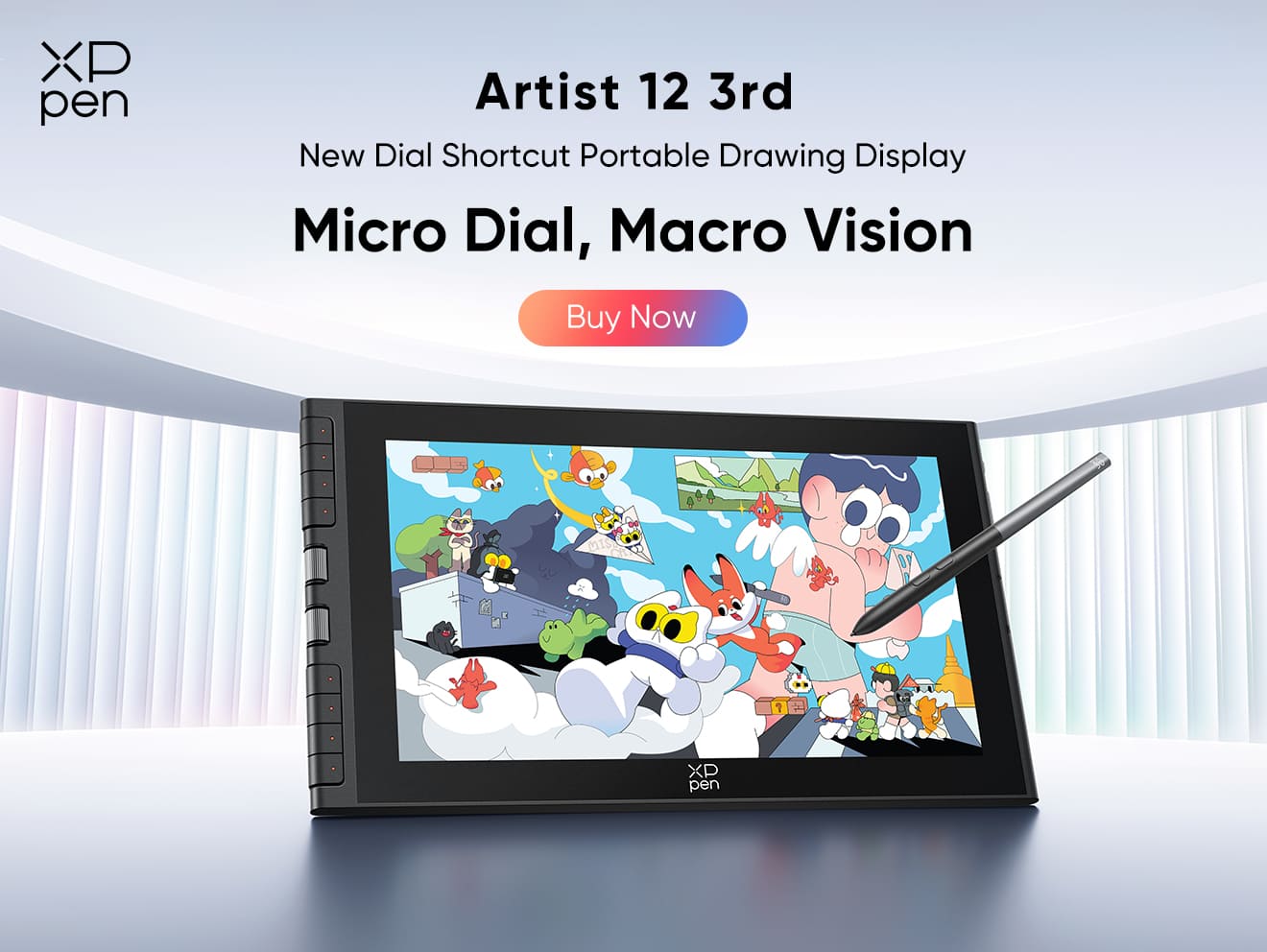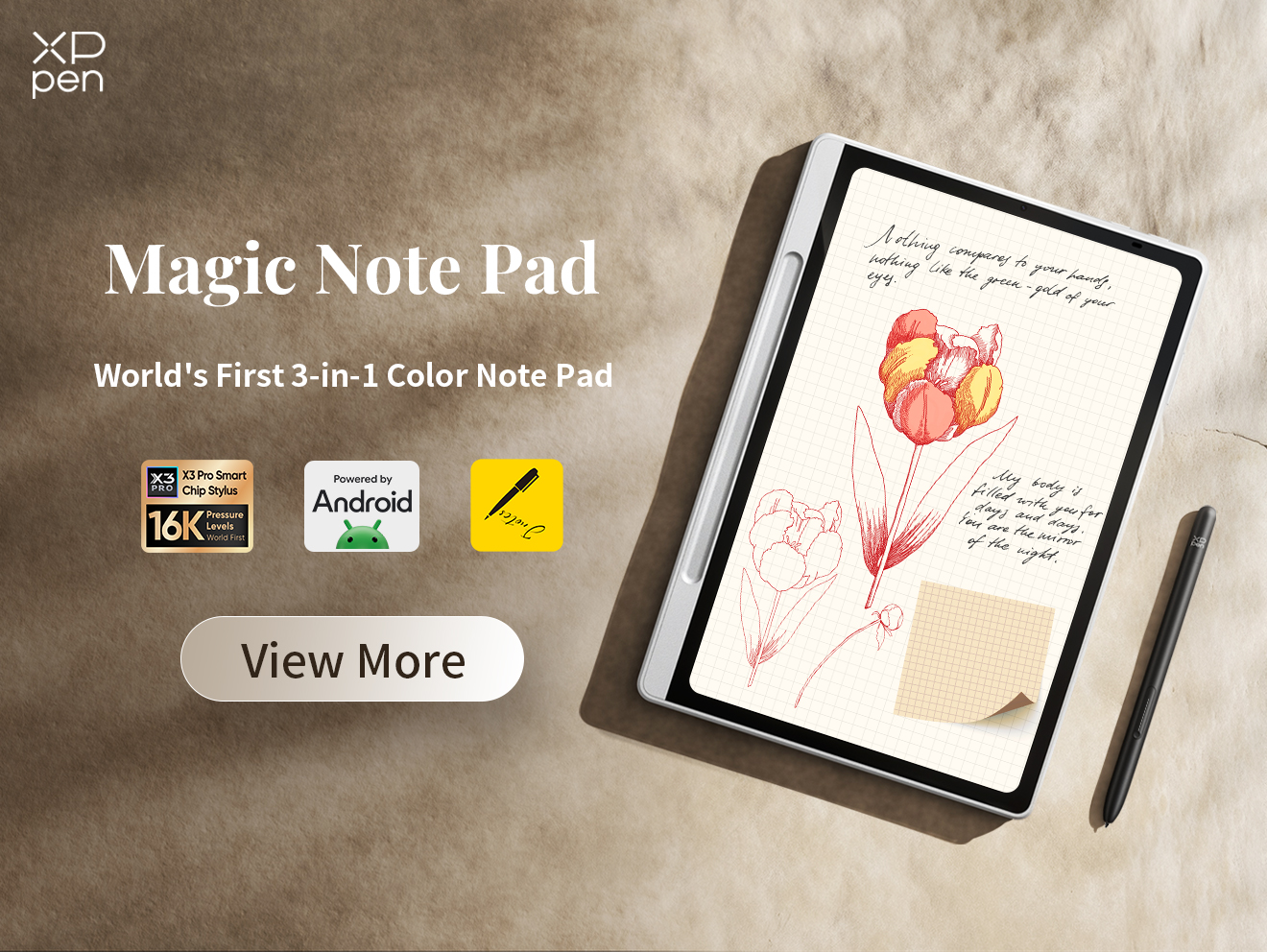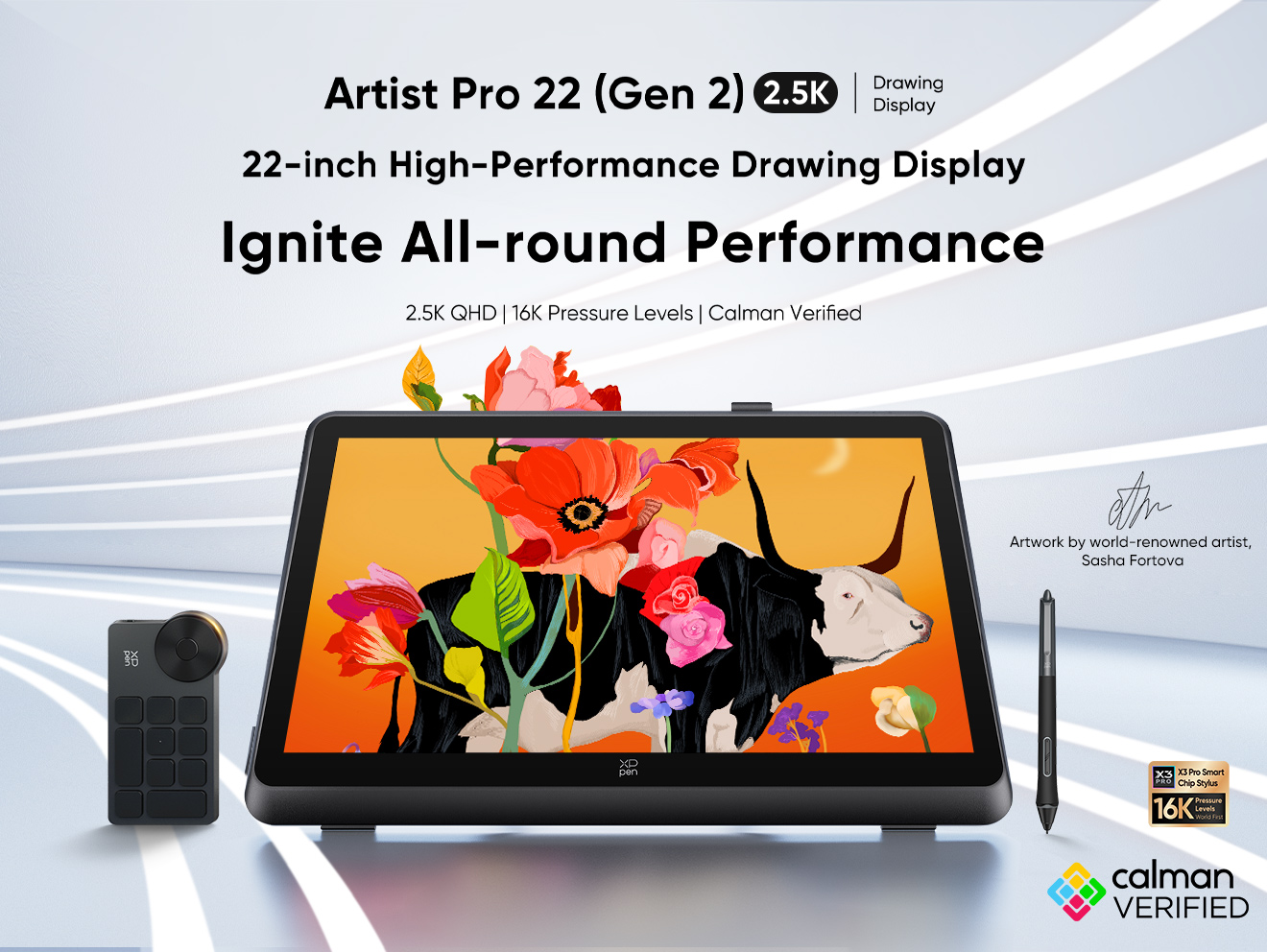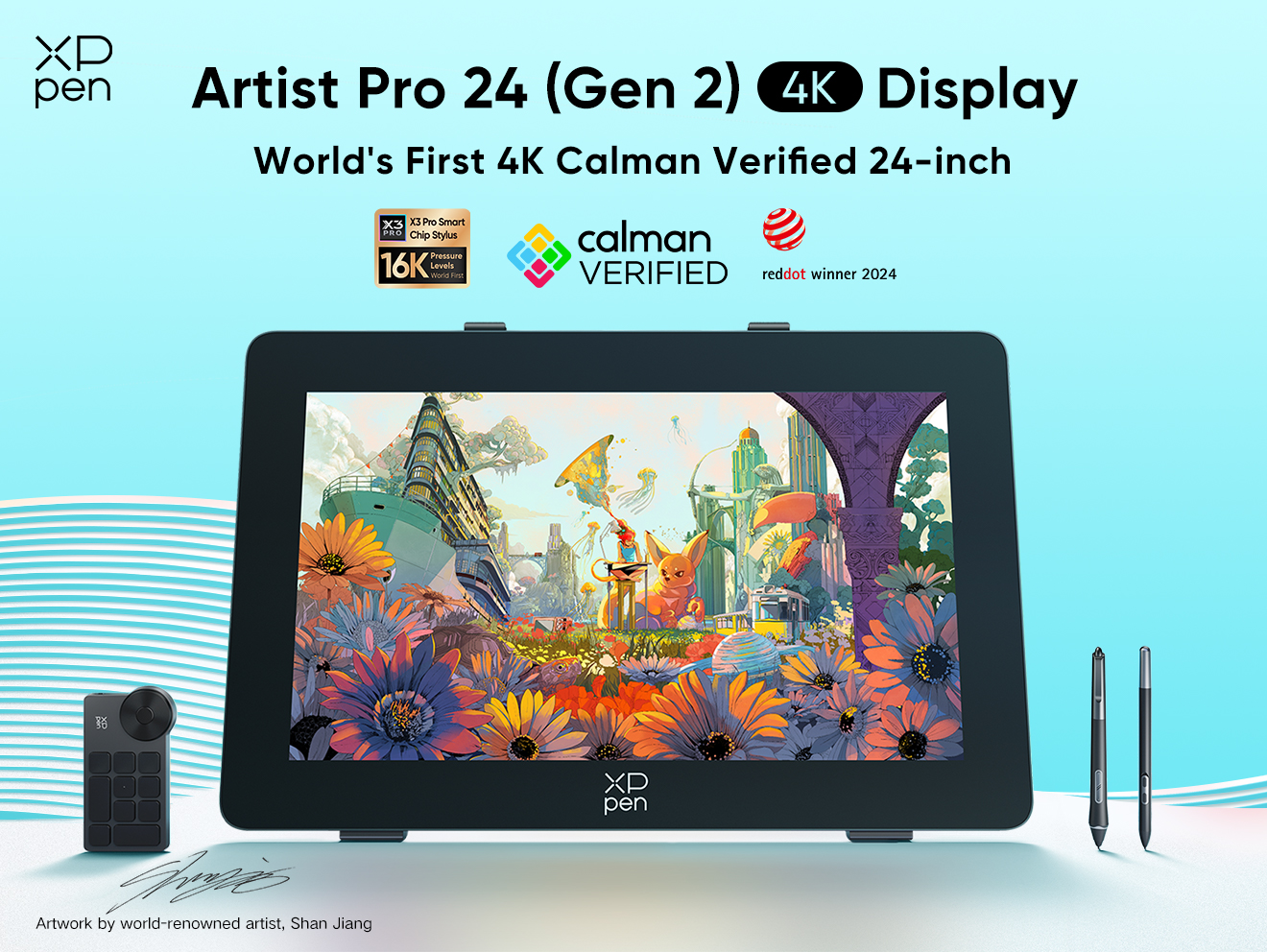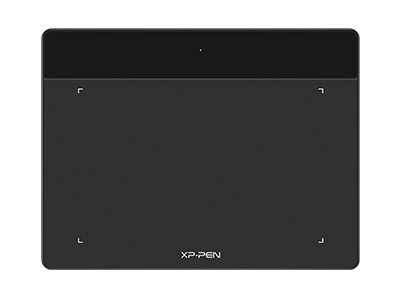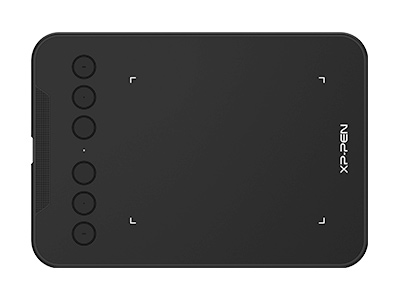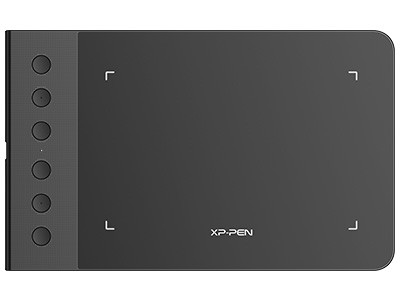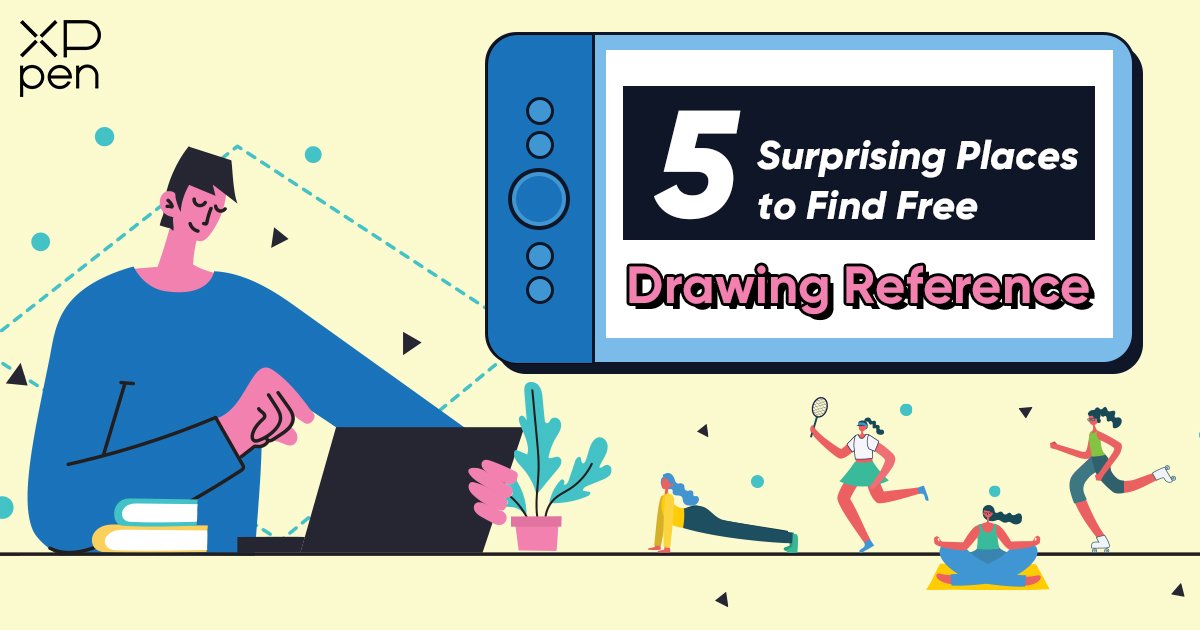
5 Surprising Places to Find Free Drawing Reference
TIPSHowever, it may be challenging to find good drawing references that are uncommon and free of charge. Although there are many available resources online, the best inspiration is sometimes found in unexpected places.
So in this blog, we'll introduce 5 surprising places where you can find free drawing references. We'll also share the benefits of these places and tips on how to find them effectively. Whether you want to improve your skills or find new inspiration, keep reading to discover more!
What Is a Drawing Reference
Drawing reference is any visual material or subject that artists use to provide information and inspiration for their work. It includes photographs, live models, still life arrangements, and landscapes, among others. Drawing reference is an essential part of the artistic process as it provides artists with the materials they need to enhance the realism of their drawings.
Having a drawing reference can be critical for artists, as it can help them improve their skills and develop their unique style. By studying and drawing from real-life subjects, artists can develop their observational skills and learn how to represent their surrounding world with a strong foundation. Drawing references can also help artists activate their inspiration and try different techniques and styles. In addition, it is also meant to help build their own artistic voice and add more depth, meaning, and emotion to their creations.
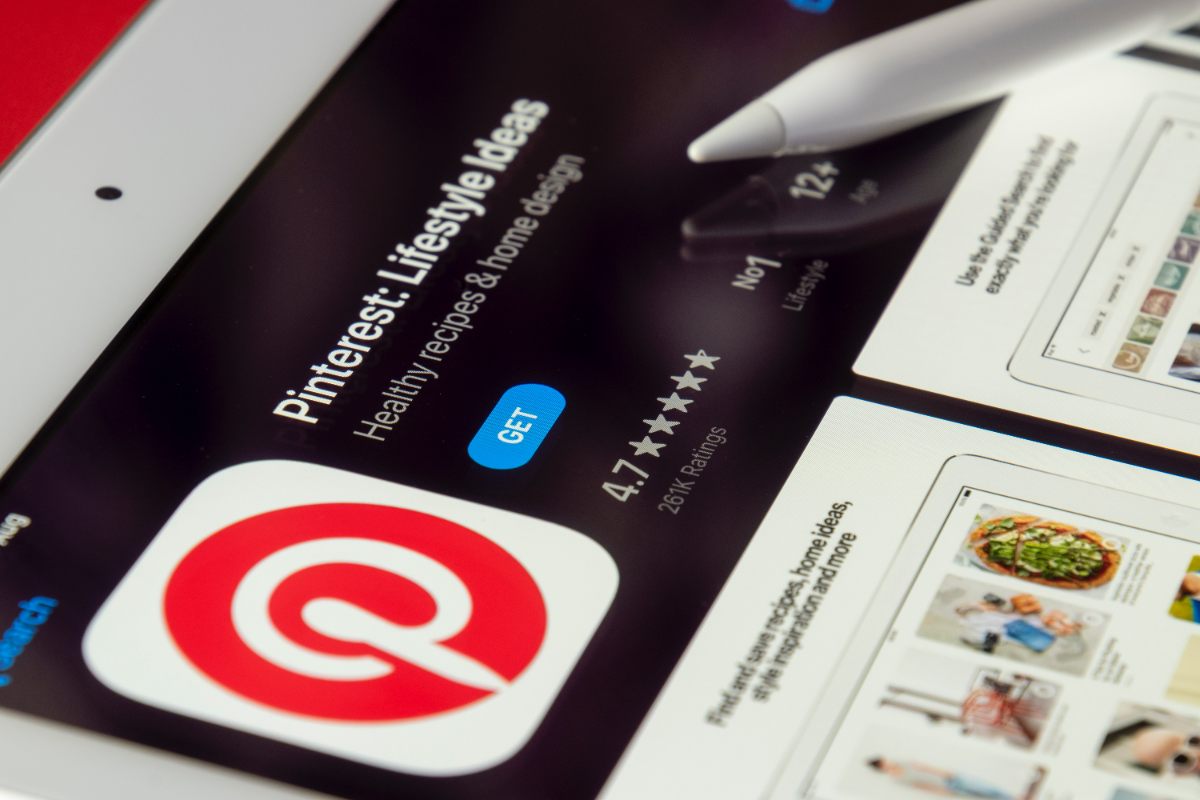
Photo by Souvik Banerjee
First up on the list is Pinterest. It's actually the number one spot for gathering references because they have the best recommendation system for photos by far.
Google search is a great tool for finding specific information. However, with Pinterest, the algorithm quickly learns what you are looking for and shows you similar images to what you clicked on. This makes it a powerful tool for finding visual inspiration with just a few uses.
As an artist who specializes in portrait art, your feed will be filled with a variety of portrait and human-focused photos. However, it's not just about serving you portrait art. Pinterest recommends images that share a certain style, such as ones that feature nice color grading (meaning colors that are not straight out of a camera lens), dynamic lighting, and a story behind the image.
These are elements that are hard to find through a Google search. This is also a key difference between Google and Pinterest. While we use Google to search for specific things, like how to draw a tree or a basket, Pinterest inspires us to draw by recommending photos that match our artistic style and preferences.
Tips for creating your perfect Pinterest feed:
If you gravitate towards story pieces and unique, color-graded photos, you can find inspiration by searching for Korean dramas on Pinterest, as Kdramas often have really nice screengrabs. Once you find an image that you like, you can create a new board and save it to that board. This tells Pinterest that the image is separate from the rest of your searches and other boards, even if it's very similar to your "artsy images" board.
After saving the image, scroll down to see more images with a similar theme. These include images from the same show. If you no longer want to be recommended couple-focused photos, click on a different image. The color grades and storytelling will remain the same, but there will be fewer couple-focused photos. As you add images to your board, the Pinterest algorithm will learn to recommend similar images. The more photos you save to your board, the better trained the algorithm will be to recommend the best possible photos in the future.
Once you have a board with all your images, go back to the homepage and click on the new board you created. The images recommended to you will fit the style of the board you just created. It's important to note that the homepage is where Pinterest recommends images that fit a certain board, while your profile is where you can find and view the photos that you have saved to a specific board.
Now you have a well-trained, personally curated Pinterest feed. The next time you log on, you'll be amazed at how well Pinterest recommends photos you'll like, and hopefully, it will inspire you to create something amazing.In addition, if you want to further customize your feed, you can tune it on an individual photo basis. To do so, click on the arrow next to your profile on the top right of the screen. Then, select "Tune Your Home Feed" from the "More Options" section of the drop-down menu.
When you're on Pinterest, you can easily view all the images you've looked at in the past few days, weeks, or even months. By ticking the photos you don't want to see in the future, you can prevent them from influencing your Pinterest feed.
Movies and Films
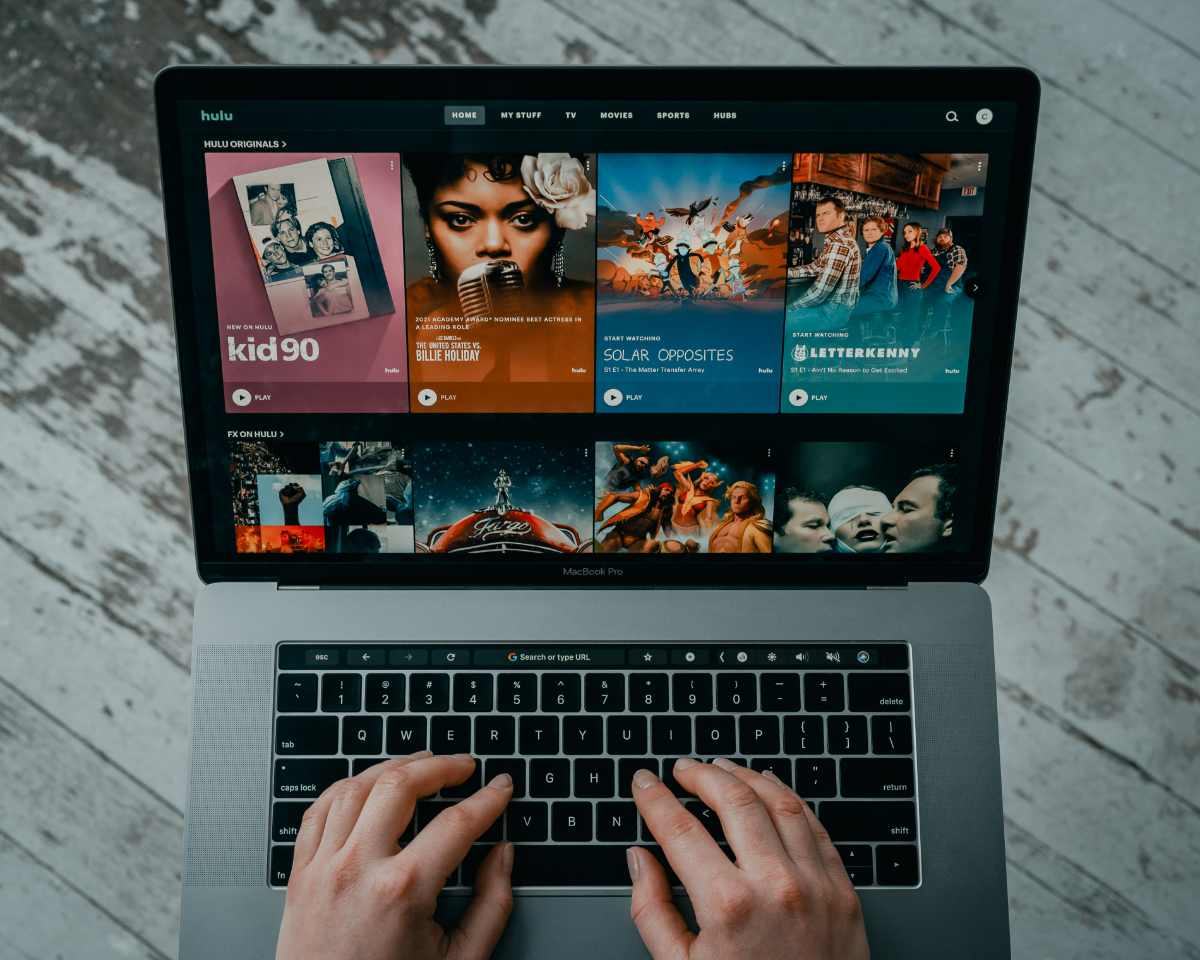
Photo by Tech Daily
Another great place to gather references is from movies and films. Films almost always have a color grade that gives them a specific look. Screen grabs from films have more feeling and thought put into the colors than raw images straight from a camera.
There are numerous references of this kind on the internet. Simply search for "movie screenshots" or "movie screencaps" on Google and you will find many specialty websites dedicated to this. If you have a specific film in mind, you can also capture screenshots from the video yourself.
Screen grabs from movies are fantastic references because they involve a director and a team of people who operate the camera, set up the lighting and composition, and make sure the shot is good. Then, there's post-production, which pumps up the visuals to another level after the director's input. Essentially, a lot of people work on the way a scene should look, which is why these references have more interesting and cool composition and lighting.
Public Transportation
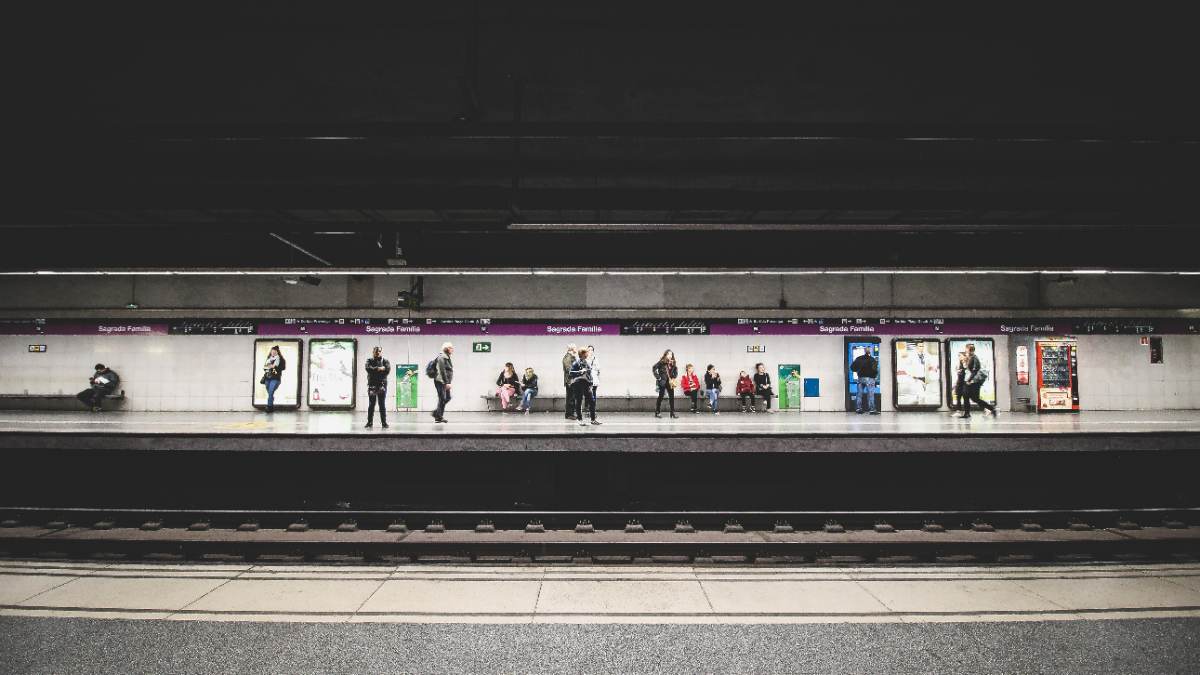
Photo by Ruben Dos Santos
We take public transportation to go to work or school every day, but we may not notice that there are many interesting drawing inspirations in our surroundings. Public transportation includes buses, trains, airplanes, and boats, among others. These are all good sources of drawing references. Since we're talking about free drawing references, you don't have to take an airplane deliberately.
Just observe more carefully during your commute to work or school. The commute itself can be a great source of free references since it represents people's daily experiences. To find the drawing reference you want effectively, you must step slightly out of your usual perspective and regard all things before your eyes as usable and valuable.
Buses and trains: For example, on buses and trains, there is always heavy foot traffic. Meanwhile, many drawing materials are hidden behind them. We are from different walks of life, but for some reason, we all gather in this small, narrow zone. This is the best chance to capture the diversity of the human experience. Also, people are not completely still on buses and trains. There are many kinds of gestures. Capturing these movements can help us improve our quick sketching techniques and understanding of body language.
Airplanes: Planes taking off and landing are also interesting materials. In the airport, the people waiting in line to board can also be our drawing reference. Observing the detail of these body language and movement can help us capture the essence of the scene.
Boats: Not to mention the boats, these are the best places to capture the motion and movement of water. The textures and shapes of boats themselves can also be an interesting challenge.
Tips for finding drawing references in public transportation:
Look for interesting subjects like people waiting in line or planes taking off and landing.
Pay attention to body language and movement to capture the essence of the scene.
Practice quick sketching techniques to capture the energy of the instant.
Farmer's Markets
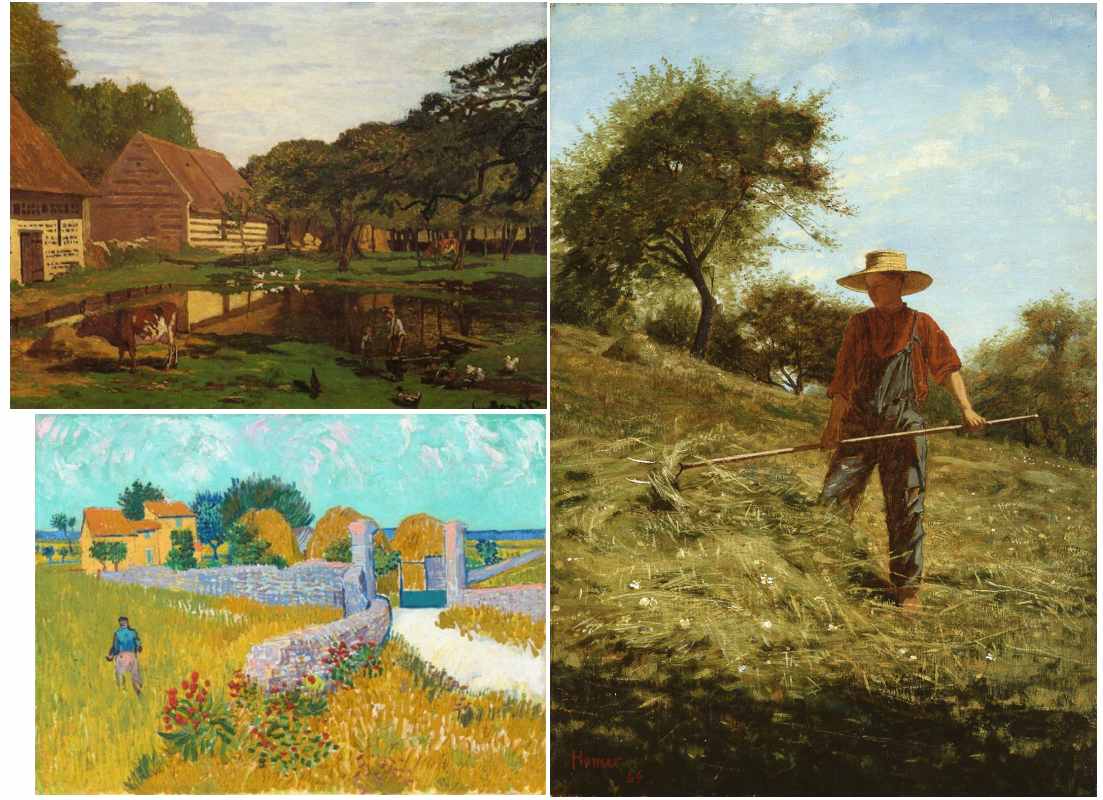
If you have some knowledge of art history, you must not be unfamiliar with the farmers in the many world-famous paintings. Like Farmhouse in Provence by Vincent van Gogh, A Farmyard in Normandy by Claude Monet, and Haymaking by Winslow Homer. These great artists seem to have some preference for these painting subjects.
Not surprisingly, farmers live in nature that is full of vibrant colors and textures, which provide an exciting and challenging drawing experience. If you live in the city far away from a farm, there is no need to travel specifically to a real farm. Farmers' markets also have many drawing references available.
In the farmers' markets, not only can you find a variety of colors, but you can also practice your composition skills and experiment with different perspectives by sketching some drawing references. This is also a unique environment that can offer different types of produce, which may inspire artistic creations.
Tips for finding drawing references in farmer鈥檚 market:
Focus on the details of the produce and use a variety of drawing techniques to create depth and texture.
Try different perspectives to create an interesting and diverse drawing.
Practice composition skills by arranging the produce in an interesting and visually pleasing way.
Sporting Events
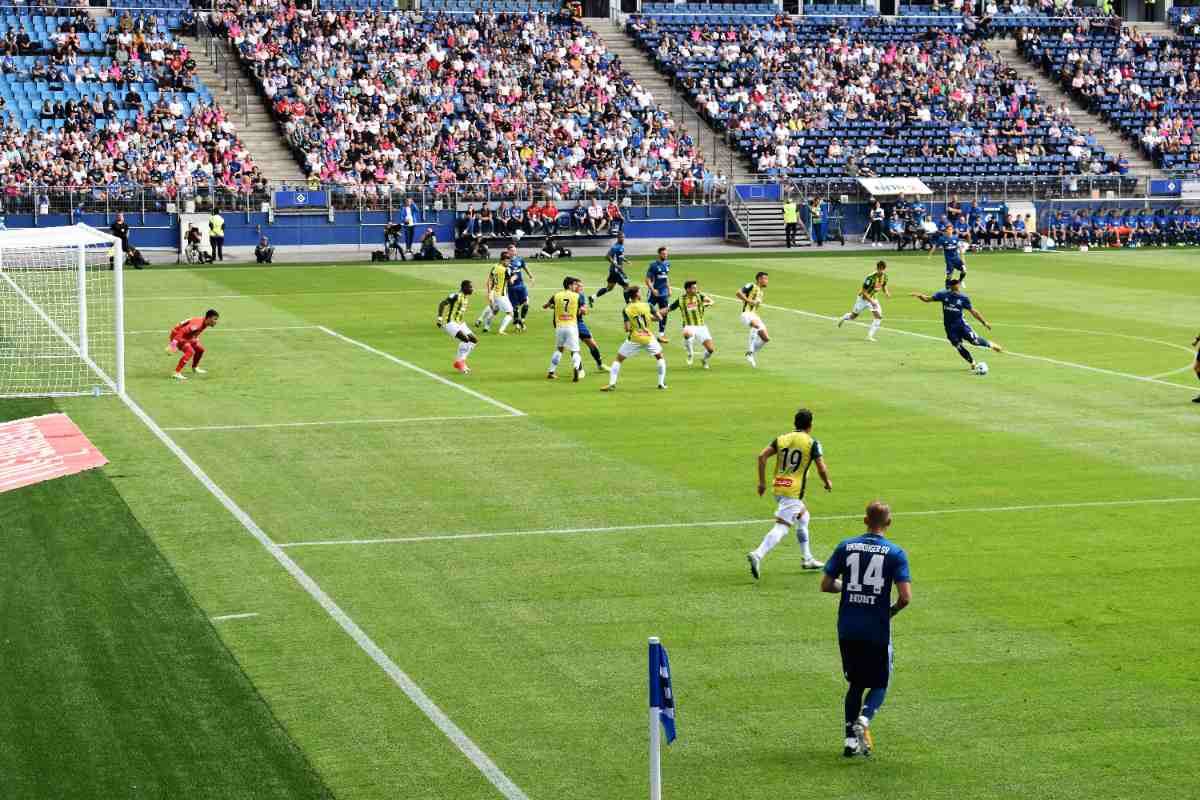
Photo by Waldemar
Sports events, in particular, offer numerous advantages and benefits for artists seeking dynamic and captivating references. Attending sports events can enhance an artist's skills and artistic expression in various ways. Let's explore some of them.
Dynamic Poses: Sports events are full of energy, movement, and intense action. By observing athletes in real time, artists can capture dynamic poses that exude power, grace, and agility. The ability to depict challenging postures adds excitement to artwork and expands an artist's repertoire of poses, enabling them to create more captivating and dynamic compositions.
Realistic Anatomy: Athletes have well-defined and toned bodies, which make them ideal references for studying human anatomy. By closely observing athletes during sports events, artists can gain a deeper understanding of muscle structure, body mechanics, and how different body parts interact during physical activities. This knowledge translates into more accurate and realistic depictions of the human form in their artwork.
Gesture and Expression: Sports events offer a treasure trove of emotions and expressions. Athletes display a wide range of emotions, from the intense focus of a basketball player to the exuberance of a victorious athlete. This provides artists with an invaluable opportunity to capture and convey emotions in their artwork. Drawing references from sports events adds authenticity and liveliness to the characters and scenes artists depict.
Unique Perspectives: Attending sports events enables artists to explore and capture unique perspectives that are not easily accessible through static references or photographs. The opportunity to view athletes from various angles and distances provides artists with a better understanding of spatial relationships, foreshortening, and composition. These diverse perspectives bring artwork to life and offer viewers a fresh and engaging visual experience.
Atmosphere and Environment: A sports event is more than just the athletes; it encompasses a vibrant atmosphere, passionate crowds, and iconic stadiums. By drawing references from sports events, artists can infuse their artwork with the energy and ambiance of the sports environment. Including these elements not only adds depth and context but also immerses viewers in the scene, making the artwork more evocative and memorable.
Challenge and Growth: Drawing references from sports events presents a unique set of challenges for artists. The fast-paced nature of sports demands quick observation and the ability to capture fleeting moments. Artists attending these events must sharpen their observation skills, hand-eye coordination, and drawing speed to capture the essence of each action-packed moment. This constant exposure to new poses and actions fosters artistic growth and pushes artists beyond their comfort zones.
Tips for finding drawing references in sports events:
Focus on the movement and energy of the athletes, using quick sketching techniques and paying attention to body language.
Try different perspectives to capture the mood and atmosphere of the event.
Pay attention to the details of the athletes' equipment and clothing to create a realistic and accurate depiction.
Try New Tools for Your Drawing Reference
If you're looking for a small, portable, and easy-to-carry graphic tablet that can create anytime and anywhere for drawing reference, here are three XPPen drawing tablets we selected for you:
XPPen Deco Mini 4: This tablet has a compact design and is only a 4 x 3-inch drawing area and supports up to 8192 levels of pressure sensitivity. It supports connections with Android tablets and mobile phones, enabling you to express yourself with freedom.
XPPen StarG640: This tablet is also lightweight and portable, with a 6.5 x 4-inch drawing area. It is designed for both right and left-handed users and can be easily switched between left-hand or right-hand modes.
XPPen Deco Fun S: This tablet has a 6.3 x 4-inch drawing area and supports up to 8192 levels of pressure sensitivity. It comes with a battery-free stylus that lasts for long hours, allowing you to create without interruption. There is no need for a battery or charging.
All of these tablets are affordable and offer great value for their price (all around $30). They are also compatible with popular drawing software such as Photoshop and Clip Studio Paint, making them a great choice for artists looking for a portable drawing solution.
Conclusion
As an artist, you have so many options for drawing references! Exploring different sources can be really beneficial for you. Using a variety of subjects can help you improve your skills and experiment with new techniques and styles. It can even be a source of inspiration, helping you to see the world in new ways.
So, as an artist, it's important to push yourself out of your comfort zone and explore new sources for drawing reference. Challenge yourself to capture unusual subjects in your work and you'll be amazed at how much you can improve your skills and develop new ways of seeing the world. Don't be afraid to step outside of your usual routine and explore the world. You never know what you might find!
Happy drawing!
About Us
Founded in 2005, XPPen is a leading global brand in digital art innovation under Hanvon UGEE. XPPen focuses on the needs of consumers by integrating digital art products, content, and services, specifically targeting Gen-Z digital artists. XPPen currently operates in 163 countries and regions worldwide, boasting a fan base of over 1.5 million and serving more than ten million digital art creators.
Learn moreLooking for the Best Drawing & Design Apps?
Discover essential drawing techniques, expert tips, and the best app recommendations to boost your creativity and master digital art.
